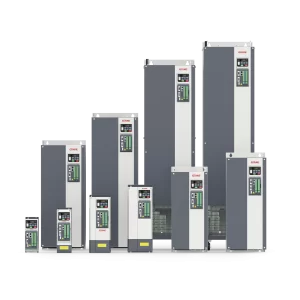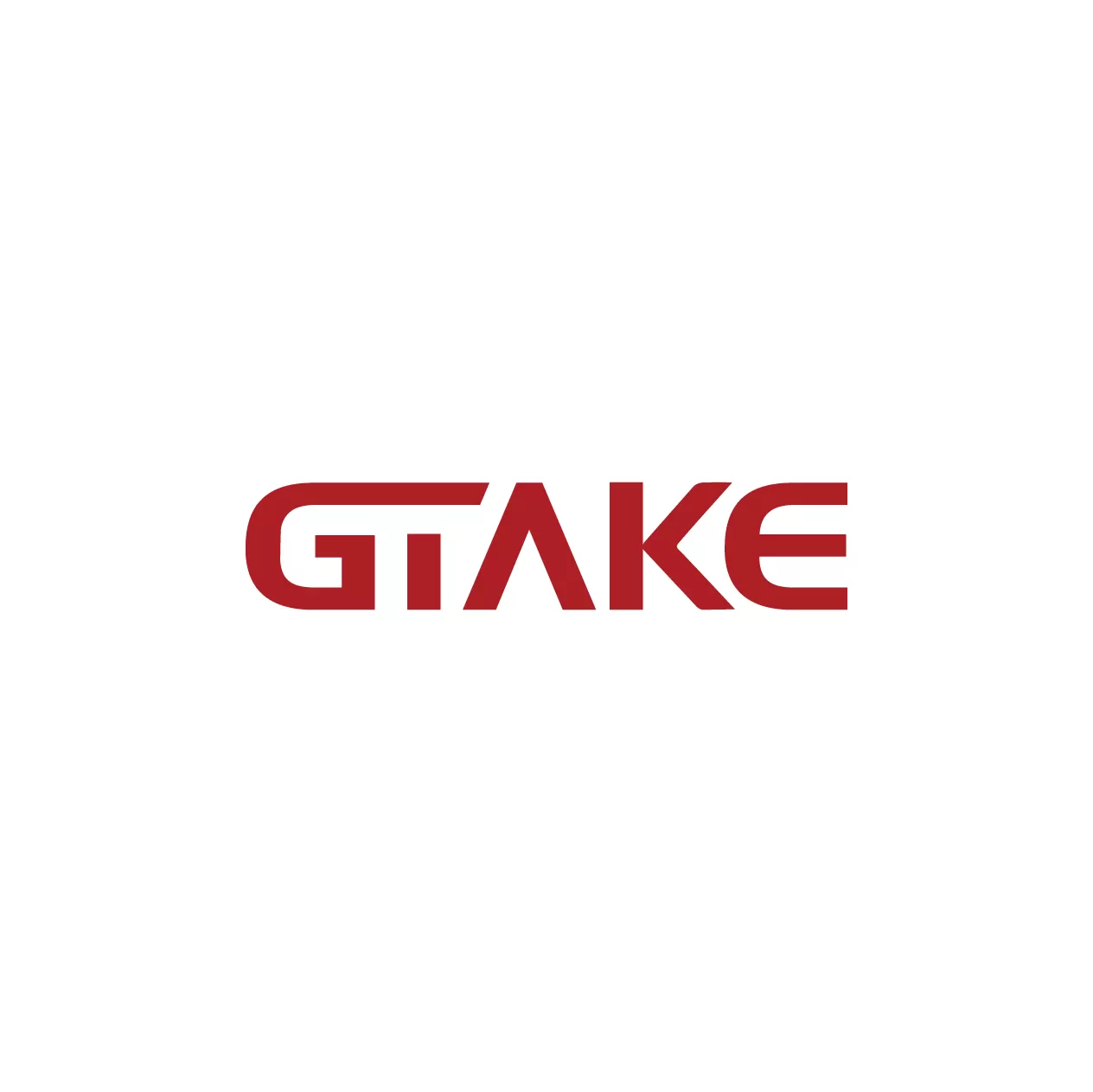I. Introduction
Crane, as an indispensable piece of equipment in industrial production and logistics, its performance directly affects production efficiency and safety. Traditional crane speed control systems have many drawbacks, such as poor speed regulation, high energy consumption, and heavy maintenance workload. With the development of power electronics technology, frequency drives are increasingly being used in cranes, bringing new solutions to crane control.
II. the shortcomings of the traditional crane speed control system
Traditional crane speed control methods, such as resistor speed control in wound-rotor induction motors, thyristor stator voltage regulation speed control, and cascade speed control, share some common drawbacks. Wound-rotor induction motors have collector rings and brushes, which require regular maintenance, and faults caused by these components are relatively common. Additionally, the extensive use of relays and contactors increases the on-site maintenance workload, leading to a higher failure rate in the speed control system. Moreover, the overall technical performance of the speed control system is poor, failing to meet the requirements for crane speed control in modern industrial production.
Ⅲ. Advantages of frequency drive application in crane
- Extending the service life of mechanical brake: The mechanical brake operates at low speed of the motor, and the braking of the main hook and the gantry and trolleyis completed by electrical braking, so the service life of the brake pads of the mechanical brake is greatly extended, and the maintenance cost is reduced.
- Precise positioning: The mechanical characteristics of the motor driven by the frequency driveare hard and have the advantage of precise positioning. There will be no phenomenon that the speed of the motor changes with the load change of the traditional crane, which can improve the productivity of loading and unloading operations.
- Reduce the vibration and impact of the whole machine: the variable frequency crane runs smoothly, the lifting and braking are gentle, the vibration and impact of the whole machine are significantly reduced during the operation, the safety is improved, and the life of the crane mechanical part is extended.
- Energy saving: AC variable frequency speed control system is a high efficiency speed control system, with high operating efficiency and small heat loss, so it saves a lot of electricity compared with the old speed control system.
- Improving Reliability: By replacing wound-rotor induction motors with squirrel-cage induction motors that have a simpler structure and higher reliability, the risk of motor damage or failure to start due to poor contact caused by wear or corrosion of the collector rings and brushes is eliminated. Additionally, the use of AC contactors is significantly reduced, allowing for contactless control of the main circuit of the motor. This avoids the issue of frequent contactor actions leading to burnt contacts and subsequent motor damage.
Ⅳ. Main functions and characteristics of crane frequency drive
- Brake logic control and monitoring: accurate brake opening and closing control timing, through real-time brake status feedback and starting pre-torque compensation, to ensure the safety and reliability of control.
- Light load speed up (electronic secondary hook): the crane can run at twice the speed when the hook is empty or under light load, so as to improve the loading and unloading efficiency. The frequency drivecan judge the load size according to the average current value after a period of time, and automatically adjust the output frequency.
- Independent control power supply: the control circuit power supply and the main circuit power supply can be controlled separately, which improves the safety of users during debugging and facilitates fault diagnosis and maintenance.
- Multiple operation modes: provide users with joystick mode, remote control mode, electric potentiometer mode and other operation modes to choose from,convenient and flexible.
- Master-slave control function: including power balance and speed synchronization technology, to ensure that the output of two motors is uniform or two lifting mechanisms are synchronized to lift, ensuring safety.
- Pre-excitation and starting pre-torque compensation: DC excitation is automatically applied to the motor before starting to ensure that the motor quickly provides starting torque, and the excitation time is adjusted to make the motor start in coordination with the release time of the mechanical brake, so as to avoid the “hook” phenomenon.
- Slack rope detection: to prevent unsafe operation caused by the misoperation of light load lifting speed function when the crane rope is slack.
- Safety Protection Function: The inverter monitors the motor’s operating speed in real time. When the motor speed exceeds the set maximum allowable speed or the speed deviation value, the inverter issues a fault alarm and immediately stops output, with the mechanical brake engaging to ensure the crane is in a safe state. It also offers three rapid stop options: electrical braking stop, combined electrical and mechanical braking stop, and mechanical braking stop.
Ⅴ. Selection of frequency drive
- Travelling mechanism: The traveling mechanism of the crane has a large moment of inertia, which requires a significant starting torque from the motor to accelerate. For a general U/f open-loop frequency control method where one inverter drives multiple motors, the inverter capacity must meet relevant formulas. Additionally, low-voltage circuit breakers with thermal overload protection should be inserted in series in each motor circuit to achieve overload protection for individual motors.
- Lifting mechanism: the capacity of the inverter must be greater than the output required by the load. The lifting mechanism requires a large starting torque, and considering the overload requirements, the overload coefficient of the inverter should be reasonably selected.
GK900H Application of GTAKE in the field of crane
Among the many frequency drive products suitable for lifting equipment, the GTAKE GK900H series of AC motor drives for lifting equipment stands out. This series covers power ranges from 380 to 440V,0.75kW-1000kW, meeting the power requirements of various specifications of lifting equipment. It features multiple control modes such as V/Hz control, SVC, and FOC, allowing flexible adaptation to different operating conditions. In terms of encoder support, it includes incremental, UVW, Resolver, and absolute value types, ensuring precise feedback of motor speed and position.

The GK900H series boasts significant advantages in performance: a starting torque of 200% at 0Hz ensures smooth startup for heavy-duty equipment; torque control accuracy reaches ±5%, with a response time of less than 5ms, providing precise load control. The speed control accuracy is ±0.02%, with an adjustment range of 1:1000, maintaining stable speed under various loads.
In terms of safety protection, in addition to common standard protections such as overcurrent, undervoltage, and overvoltage, there are also specialized protections for crane applications, including brake failure, brake slip, and stall. Furthermore, features like multi-actuator macro functions, intelligent anti-shake, and load/speed adaptive adjustment further enhance the operational efficiency and safety of cranes, providing a reliable variable frequency drive solution for the lifting industry.
